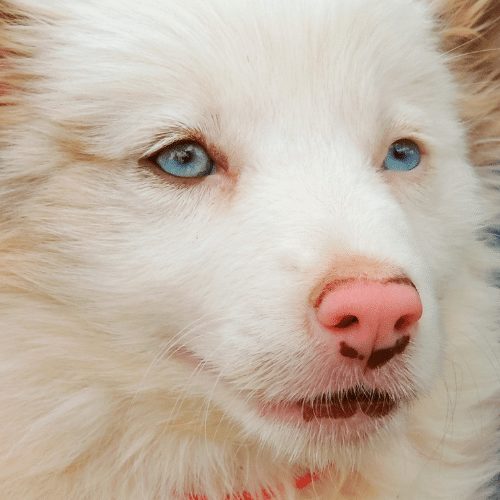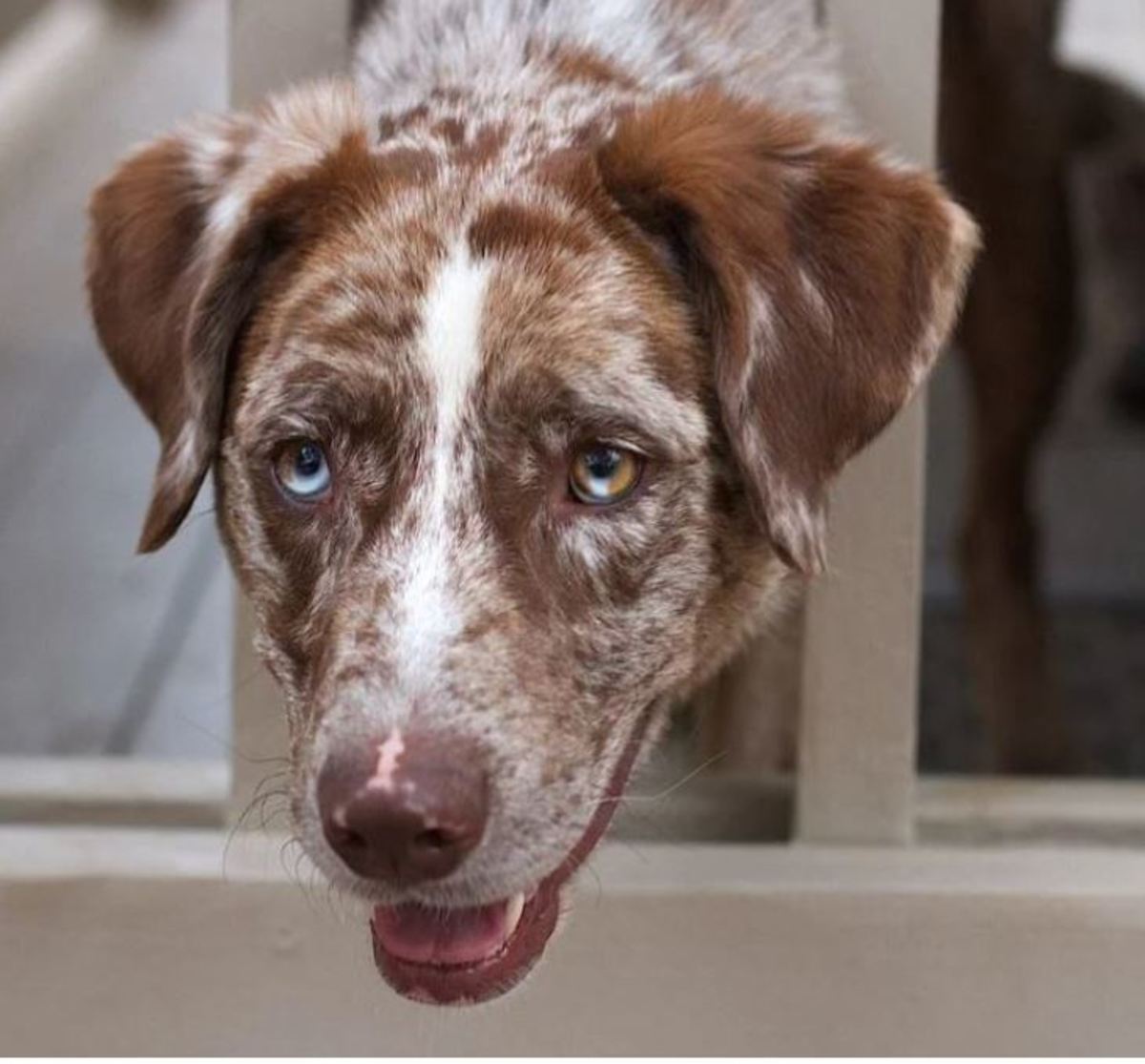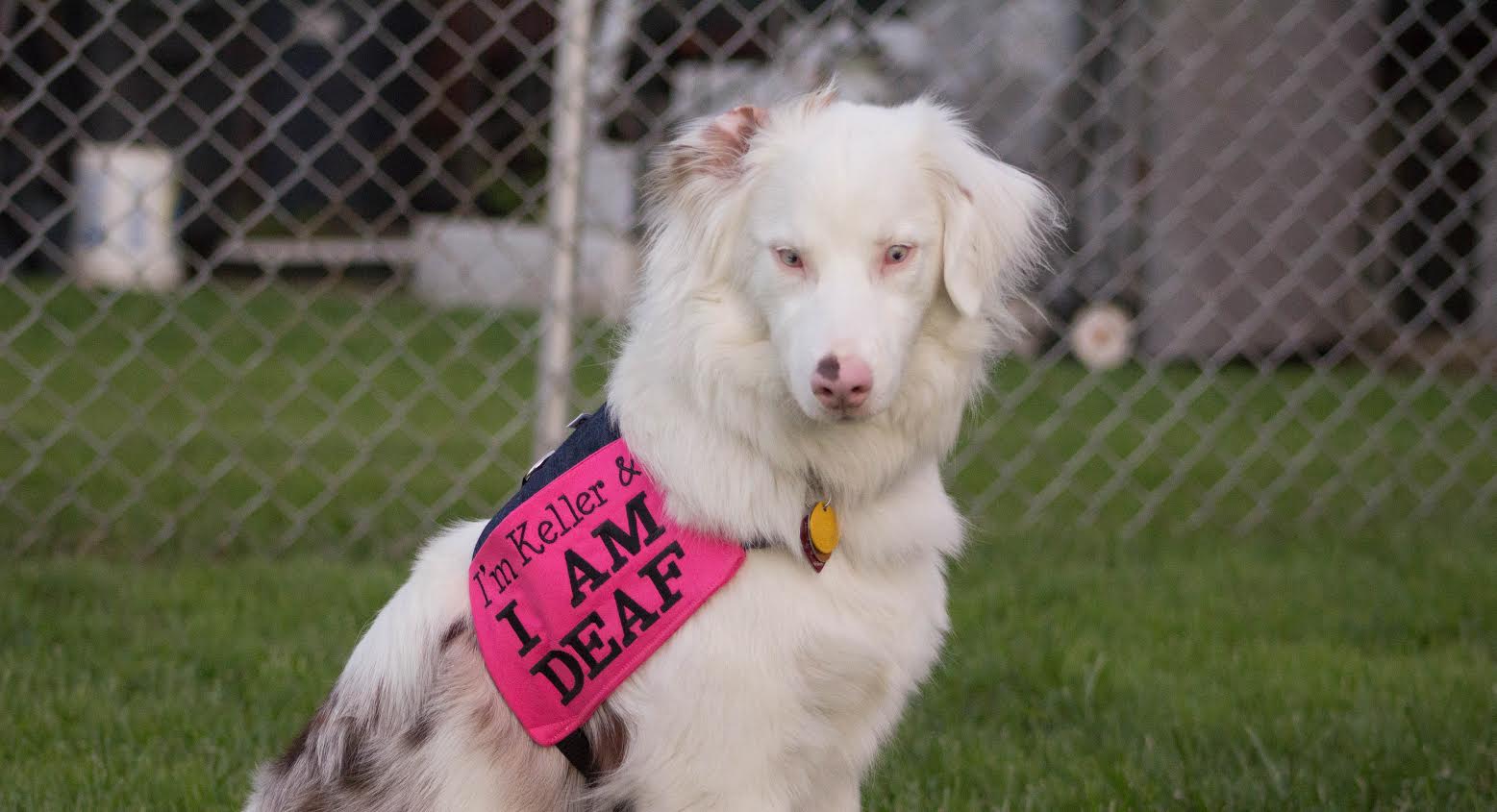Are merle dogs inbred? This is a question that often arises among dog enthusiasts and potential owners. The merle coat pattern, known for its striking and unique appearance, has captivated many. However, concerns about the breeding practices behind this coat pattern have led to misconceptions and confusion. In this article, we will delve into the genetics of merle dogs, explore whether inbreeding plays a role in their breeding, and examine the health implications associated with this coat pattern.
Merle dogs are not only visually appealing but also a testament to the complexity of canine genetics. Understanding the origins and breeding practices of these dogs is essential for responsible ownership. By exploring the science behind merle genetics, we can dispel myths and provide clarity on whether merle dogs are inbred.
Our goal is to provide comprehensive information that adheres to the principles of expertise, authoritativeness, and trustworthiness (E-A-T). This article will serve as a reliable resource for anyone interested in learning more about merle dogs and their breeding practices. Let’s begin by exploring the basics of merle genetics and its implications for dog health.
Read also:Actor Who Plays Ragnar
Table of Contents
- What is Merle?
- The Genetics Behind Merle Dogs
- Are Merle Dogs Inbred?
- Health Issues in Merle Dogs
- Breeding Practices for Merle Dogs
- The Importance of Responsible Breeding
- Common Myths About Merle Dogs
- Caring for Merle Dogs
- Popular Merle Dog Breeds
- Conclusion
What is Merle?
The merle coat pattern is one of the most distinctive and sought-after traits in dogs. Characterized by a marbled pattern of dark patches on a lighter background, the merle coat adds a unique aesthetic appeal to various breeds. This pattern is not limited to a single breed but can be found in several, including Australian Shepherds, Border Collies, and Great Danes.
Merle is a genetic trait that affects pigmentation, resulting in a patchy distribution of color. While the pattern is visually striking, it also carries genetic implications that can affect a dog's health and well-being. Understanding what merle is and how it manifests in dogs is crucial for anyone considering adopting or breeding merle dogs.
The Genetics Behind Merle Dogs
How the Merle Gene Works
The merle coat pattern is controlled by a specific gene, known as the M gene. This gene is responsible for diluting certain areas of a dog's coat, creating the characteristic marbled effect. However, the presence of the merle gene can also lead to potential health issues if not managed properly.
There are two types of merle genes: dominant (M) and non-merle (m). A dog with one copy of the merle gene (Mm) will exhibit the merle pattern, while a dog with two copies (MM) is known as a double merle. Double merles often face significant health challenges, including vision and hearing impairments.
Are Merle Dogs Inbred?
Addressing the Misconception
One common misconception is that merle dogs are inbred. In reality, the merle coat pattern is a result of specific genetic inheritance rather than inbreeding. While inbreeding can occur in any breeding practice, it is not inherently tied to the merle trait. Responsible breeders prioritize genetic diversity and health screenings to ensure the well-being of their dogs.
However, the popularity of merle dogs has led to unethical breeding practices in some cases. Unscrupulous breeders may prioritize appearance over health, leading to potential inbreeding and genetic disorders. It is crucial for prospective owners to choose reputable breeders who prioritize the health and welfare of their dogs.
Read also:Orange City Ia Funeral Home
Health Issues in Merle Dogs
Potential Challenges for Merle Dogs
While the merle coat pattern is visually appealing, it can also pose health risks. Dogs with the merle gene are more prone to certain genetic conditions, particularly if they inherit two copies of the gene (double merles). Common health issues associated with merle dogs include:
- Vision impairments, such as microphthalmia or blindness
- Hearing impairments, including partial or complete deafness
- Structural abnormalities in the eyes and ears
It is essential for breeders and owners to be aware of these potential health concerns and take proactive steps to mitigate them. Regular veterinary check-ups and genetic testing can help ensure the long-term health of merle dogs.
Breeding Practices for Merle Dogs
Best Practices for Breeding Merle Dogs
Responsible breeding practices are critical for maintaining the health and well-being of merle dogs. Ethical breeders follow specific guidelines to minimize the risks associated with the merle gene. Key practices include:
- Avoiding the breeding of two merle dogs to prevent double merles
- Conducting thorough genetic testing to identify carriers of the merle gene
- Prioritizing the health and temperament of dogs over physical appearance
By adhering to these practices, breeders can help ensure that merle dogs remain healthy and vibrant members of their families.
The Importance of Responsible Breeding
Responsible breeding is not just about producing visually appealing dogs; it is about creating healthy, well-adjusted animals that can thrive in various environments. Ethical breeders invest time and resources into understanding the genetics behind merle dogs and implementing practices that prioritize their health. This commitment to responsible breeding helps protect the welfare of merle dogs and preserves the integrity of the breeds they represent.
Common Myths About Merle Dogs
Dispelling Misconceptions
There are several myths surrounding merle dogs that can lead to misinformation. Let’s address some of the most common misconceptions:
- Myth: All merle dogs are inbred. Fact: The merle coat pattern is a genetic trait, not a result of inbreeding. While inbreeding can occur in any breeding practice, it is not inherently tied to the merle gene.
- Myth: Merle dogs are always unhealthy. Fact: While merle dogs can face certain health challenges, responsible breeding practices can significantly reduce the risks.
- Myth: Merle dogs are rare and valuable. Fact: The merle coat pattern is not uncommon and should not be valued solely for its appearance.
By dispelling these myths, we can promote a better understanding of merle dogs and their needs.
Caring for Merle Dogs
Tips for Owners
Merle dogs, like any other dogs, require proper care and attention to thrive. Here are some tips for caring for merle dogs:
- Provide regular veterinary check-ups to monitor for potential health issues
- Ensure a balanced diet to support overall health and well-being
- Engage in regular exercise and mental stimulation to keep your dog active and happy
- Be attentive to any signs of hearing or vision impairments and seek professional advice if needed
With proper care and attention, merle dogs can lead healthy, fulfilling lives.
Popular Merle Dog Breeds
Breeds Known for Their Merle Coats
Several dog breeds are known for their merle coats, each bringing its unique characteristics and charm. Some of the most popular merle dog breeds include:
- Australian Shepherd
- Border Collie
- Great Dane
- Catahoula Leopard Dog
- Cardigan Welsh Corgi
Each of these breeds offers its own distinct qualities, making them beloved companions for dog lovers around the world.
Conclusion
In conclusion, the question of whether merle dogs are inbred can be answered by understanding the genetics and breeding practices behind this coat pattern. While the merle gene is not inherently tied to inbreeding, responsible breeding is essential to ensure the health and well-being of these dogs. By addressing common myths and promoting ethical breeding practices, we can help protect the welfare of merle dogs and preserve the beauty of their unique coat patterns.
We invite you to share your thoughts and experiences with merle dogs in the comments below. If you found this article helpful, consider sharing it with fellow dog enthusiasts. For more information on dog breeds and responsible pet ownership, explore our other articles on the site. Together, we can promote a better understanding of merle dogs and their needs.


